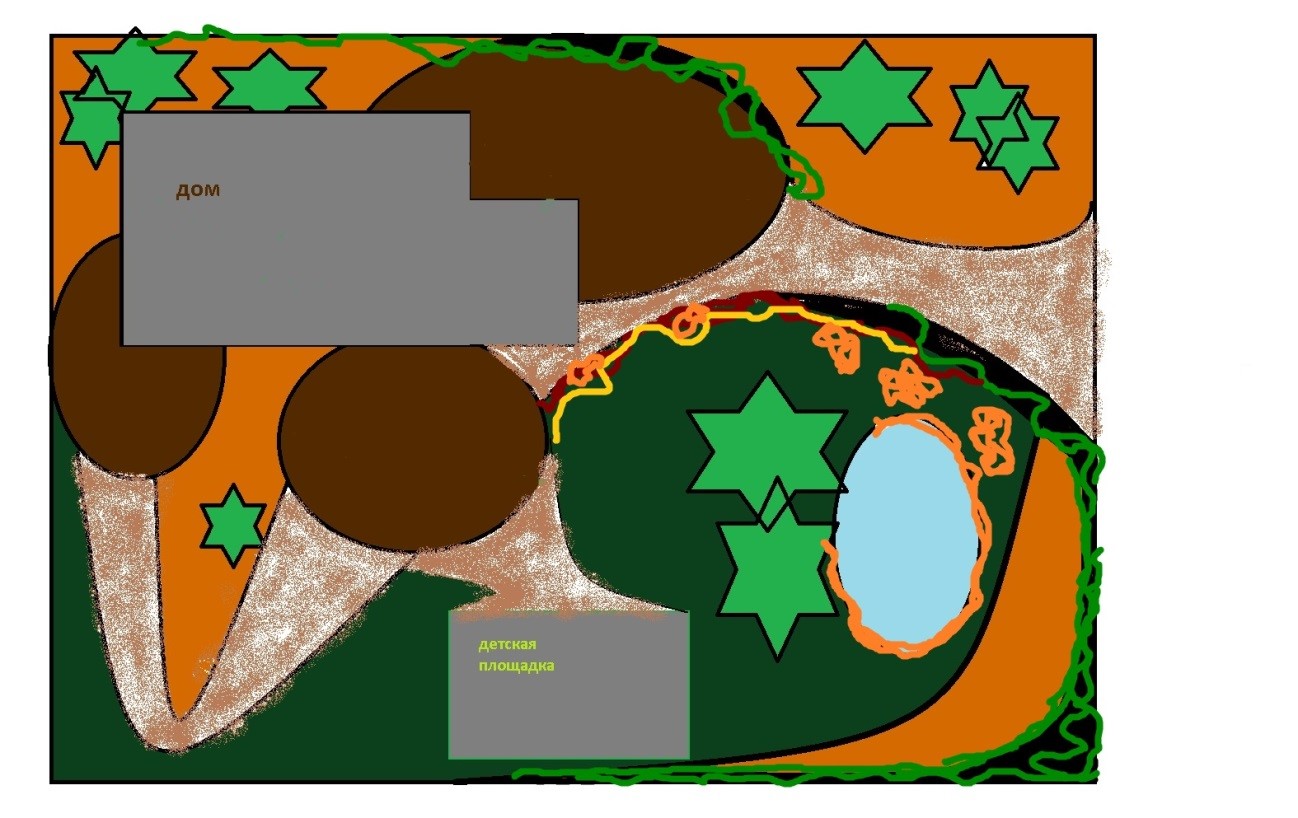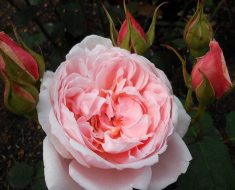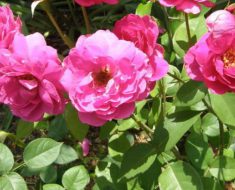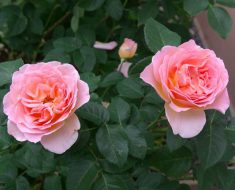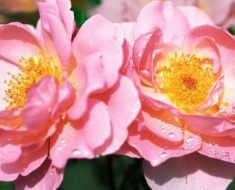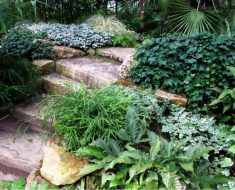The landscape art of England was born a lot of landscape gardening styles. For the most part, these are regular palace and castle parks, English landscape parks, eclecticism, Victorian gardens and the “new natural style” or garden cottage.
Aristocratic parks are pompous castle gardens that include the techniques of Chinese gardeners and exotic plants. At the same time, rural gardening was developing in parallel. It was more practical, and the garden was created to improve the quality of life of the whole family. If in the aristocratic garden the pond was a decorative element, then in the rural English garden water was taken from it for irrigation. Regarding plants, we can say that the rural garden could please vegetables and aromatic herbs used in cooking, home cosmetics, the preparation of medicinal decoctions or infusions, dyes for fabrics, and also plants for bouquets.
Time passed and the cottage garden, or the rural garden became the dominant. The number of people grew, and the size of possessions decreased. Such a garden contained the natural naturalness of the English landscape park, the practicality and nostalgia of rural gardens, the rich floral world of eclecticism and Victorian style.
Typical principles of the modern English garden:
- The first of the principles is the landscape layout of the English garden – elements of the correct geometric shape where it is convenient. And paths and paths, planting of trees, shrubs and flowers have free curved outlines.
- The second principle is freedom in choosing plants.
- The next is nostalgic motives. In no case should the English modern garden look new: the aged elements are designed to give the impression that the garden has its own long history.
- Next, one should take into account the principle of the history and nature of the place where the garden is created.
- And the last of the principles is the garden for the house and house for the garden. The rose garden as part of the home and family, and the house as part of the rose garden, is a union of both in the form of an English garden.
Features of the English garden of our time:
- The geometric shapes of the paths and grounds are created so that they are as convenient and accessible as possible near the house and buildings. And in places intended only for rest – winding.
- Flat and terraced areas for:
- paths used in any weather;
- space for the garden;
- sports grounds;
- Various wooden structures – pergolas, hedges, gates, sidewalks, deck or deck-type platforms.
- Natural stone in the paving of paths, the design of ponds, facing socles, hedges and retaining walls. For example, a low hedge or retaining wall lined with dry masonry. They are wide at the base, and gradually taper to the top, stacking without a solution.
- Forged products – furniture and its details, fences, sculptures in the Empire, Baroque and Art Nouveau style.
- A reservoir in a conspicuous place, decorated with plants, a small fountain and a sculpture. However, it does not contain a single hint of luxury and pomp. It can be one geometric or arbitrary shape, or you can arrange a channel or a whole cascade.
- The presence of antiquity is transmitted through artificial ancient ruins, masonry with moss, lichens and plants in the crevices.
- Local plants, exotic plants, useful plants with a hint of nostalgia and mixed plantings or mixborders.
- Sheared figures and hedges
- Plants in containers
Plants for a cottage garden: galanthus, crocus, lily of the valley, daisies, muscari, scilla, lawn mixes, Japanese quince, barberry, black elderberry, weigela, viburnum, microbiota, juniper, rodendron, rose, spire thuja, mock up, aquilegia, antirrinum, astilbe, aster, marigolds, verbena, veronica, gehera, geranium, elecampane, delphinium, bell, catnip, lavatera, daylily, lupine, poppy, mecanopsis, forget-me-not, peony, sunflower, sunflower salvia, tulip, phlox, physical test, hosta, chrysanthemum, evening primrose and others.
The main thing in the English garden is its natural appearance. Everything blends seamlessly with each other.Caring for the English garden is more about looking after it. His philosophy is that it was created for pleasure, not slave labor. Of course, it must be watered in dry weather, fed, sprayed with drugs from different infections, if they appeared or were noticed in tiny amounts. “Supervision” of the cottage garden is reduced to the taming of aggressive plants and easy weeding self-seeding.
